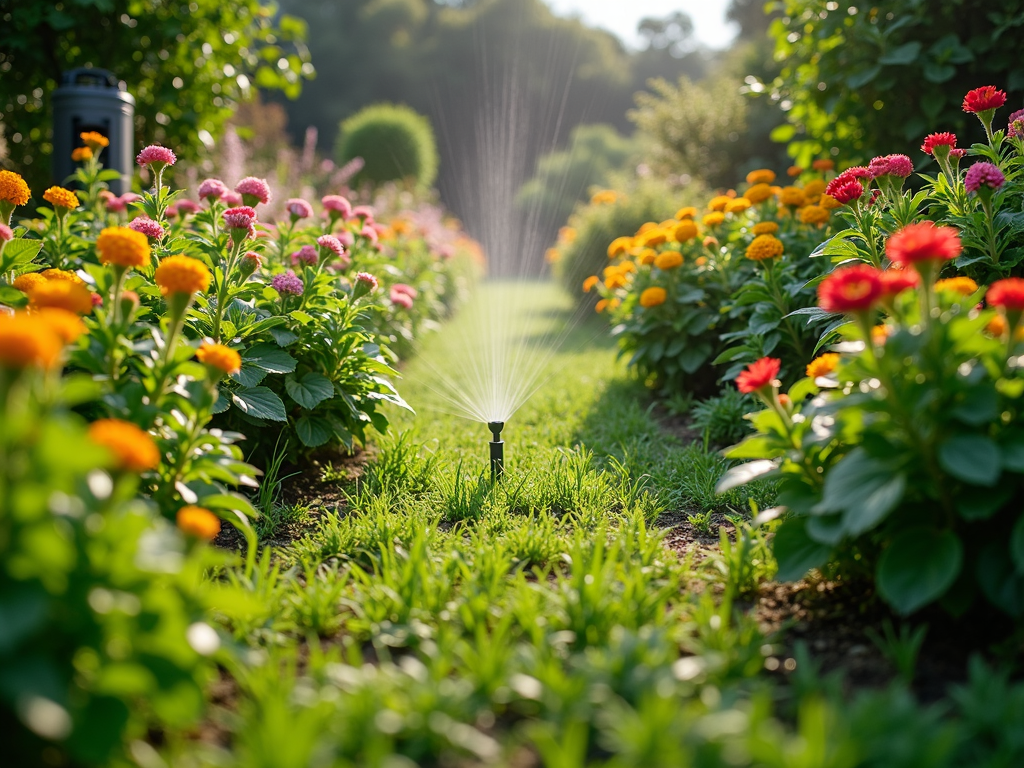Thirsty Gardens and Hidden Water: How Bore Pumps Keep Things Green

The Hidden World Beneath Our Feet
Think about how often people use water every day. Showers, washing hands, watering the garden, filling up a pool. But not everyone realizes there’s a whole world of water hidden underground. It sits in spaces between rocks and sand, way below the soil. That water is called groundwater, and it can be super important, especially in places where it doesn’t rain much.
Getting that underground water isn’t as simple as scooping it up with a bucket. It’s way too deep for that. That’s where bore pumps come in. These machines help pull water from deep under the ground so people can use it for gardens, lawns, and sometimes even around the house. Without them, lots of plants would be thirsty, and people might have to pay a lot more for water.
There are plenty of places where folks use bore pumps to keep things green without wasting the precious water from dams or the mains. Anyone wanting to learn more about how these systems work can check out bore pumps perth for helpful info on different types and how they get installed.
How Bore Pumps Work Without Making It Complicated
Imagine a giant straw poking into the ground. A bore pump is sort of like that straw. It pulls water from deep down and sends it up through pipes to where it’s needed. But it’s way stronger than a regular straw.
First, a hole called a borehole is drilled into the ground. Sometimes it’s only a few meters deep. Other times it goes down way deeper, even hundreds of meters. The hole stays open thanks to a special pipe called a casing, which stops dirt or sand from falling in.
Then the bore pump goes into the hole. It’s powered either by electricity or solar panels. When it turns on, the pump sucks up the water and pushes it up the pipe. From there, the water goes into a tank or straight into hoses and sprinklers. And that’s how lawns, gardens, and even sports fields stay green when rain doesn’t fall.
Why People Use Bore Pumps
Lots of people wonder why anyone would bother getting water from underground when taps at home work fine. Here’s why bore pumps are so useful:
- Saving Money: Water from the mains costs money. If someone has a big garden or a lot of lawn, using bore water instead can mean a smaller water bill.
- Helping the Environment: Taking water from underground can reduce how much is taken from dams or rivers, especially during dry seasons.
- Keeping Gardens Alive: In places where water rules sometimes say “don’t water your garden,” bore water can sometimes still be used because it’s not part of the town’s regular supply.
- Good for Big Spaces: Bore pumps help water sports fields, parks, and even farms. These places need heaps of water, and bore water helps them keep going.
Some people also like bore water because it’s cooler than tap water and doesn’t go through as many treatments, though it’s usually only for gardens unless it’s been tested for drinking.
Different Kinds of Bore Pumps
Not every bore pump is the same. The type chosen depends on how deep the water sits underground and how much water is needed.
- Submersible Bore Pumps: These pumps sit underwater inside the borehole. They’re quiet and powerful, perfect for deep bores.
- Jet Bore Pumps: These stay above ground and use pressure to suck water up. They’re often used for shallower bores.
- Solar Bore Pumps: These run on sunlight instead of electricity, which saves power bills and is kinder to the planet.
Picking the right bore pump is super important so it doesn’t break or run dry. Sometimes water sits too low, and if the wrong pump tries to suck up water, it might get damaged.
How Bore Water Helps Gardens and Lawns
Gardens love bore water. When plants go too long without a drink, they get droopy and brown. In summer, grass turns dry and crunchy under bare feet. Bore water gives plants a steady supply even when skies stay clear for weeks.
Bore water is often cooler than water from the tap. Plants seem to like that, especially on hot days. Plus, many people feel good knowing they’re not using up water that others might need for drinking or washing.
A bore pump can be connected to sprinklers, drip hoses, or even fancy irrigation systems that only turn on when soil gets too dry. That helps save water and keeps plants healthy without flooding the yard.
Taking Care of Bore Pumps
Bore pumps can last a long time if they’re looked after. But they do need some checking now and then. Sand, dirt, or salty water can damage the pump or clog the pipes. Regular checks help spot problems before they turn into big, expensive repairs.
Sometimes the water level underground drops too low, especially if it’s been a dry year. That can mean there’s not enough water for the pump to suck up. A professional can measure how much water is still in the borehole and help figure out what to do.
Testing the bore water is important too. Even though it’s good for gardens, it’s not always safe to drink. Chemicals or salts from the ground might be in the water, so it’s smart to have it checked before using it inside the house.
A Smart Choice for Dry Times
In places where rain can be rare, bore pumps are a clever way to keep gardens and lawns alive without putting too much pressure on town water supplies. They help save money and protect the environment at the same time. Plus, they give people a bit of freedom when water restrictions hit.
Whether someone wants a small garden pump or one that can water a sports field, there’s usually a bore pump that fits the job. It’s pretty amazing how these hidden machines keep things green and growing, even when skies stay dry for weeks or months.
Keeping the Green Going
So much happens underground that people can’t see. Bore pumps are part of that secret world, quietly helping keep gardens lush, grass soft under bare feet, and flowers bright. It’s easy to forget how important they are until plants start looking thirsty and sad.
Bore pumps make life easier, save money, and help protect the environment. For anyone curious about how they work or thinking about getting one, there’s plenty to discover. It’s cool knowing there’s a way to reach hidden water and keep gardens happy, even when the weather doesn’t help.
Anyone who’s ever enjoyed running through sprinklers on a hot day or lying on cool green grass can thank these hidden helpers. They’re quiet heroes under our feet, making sure thirsty gardens always have a drink.


